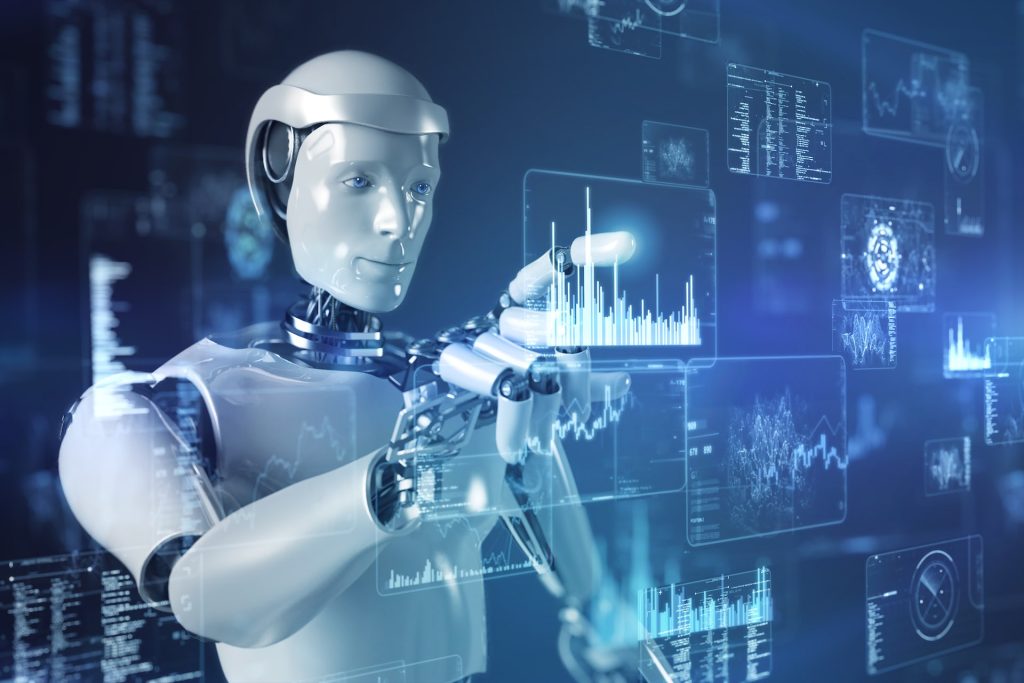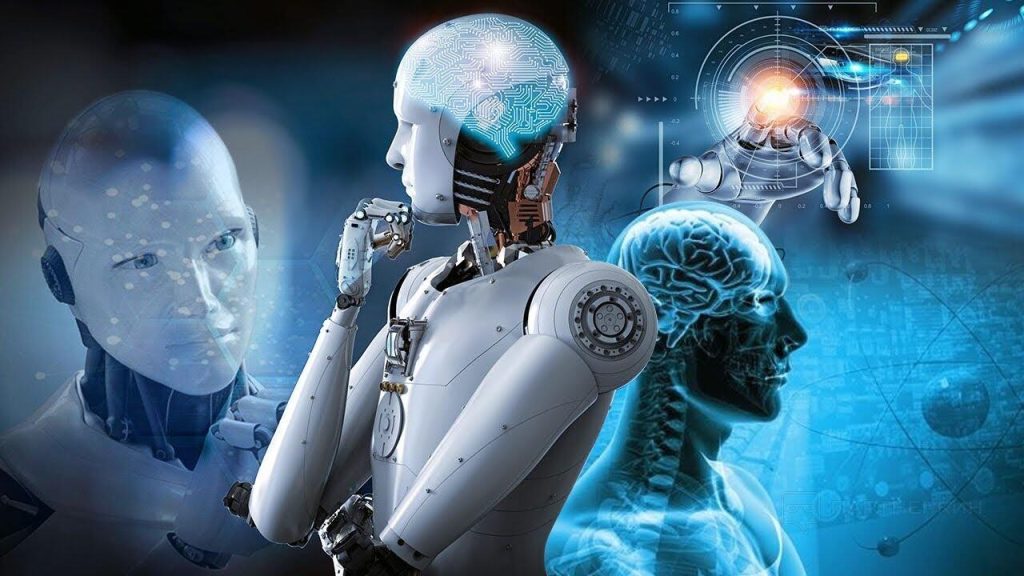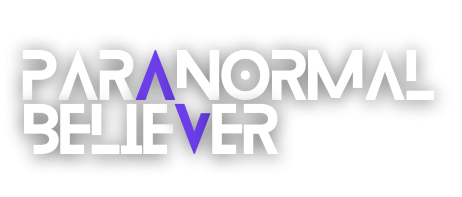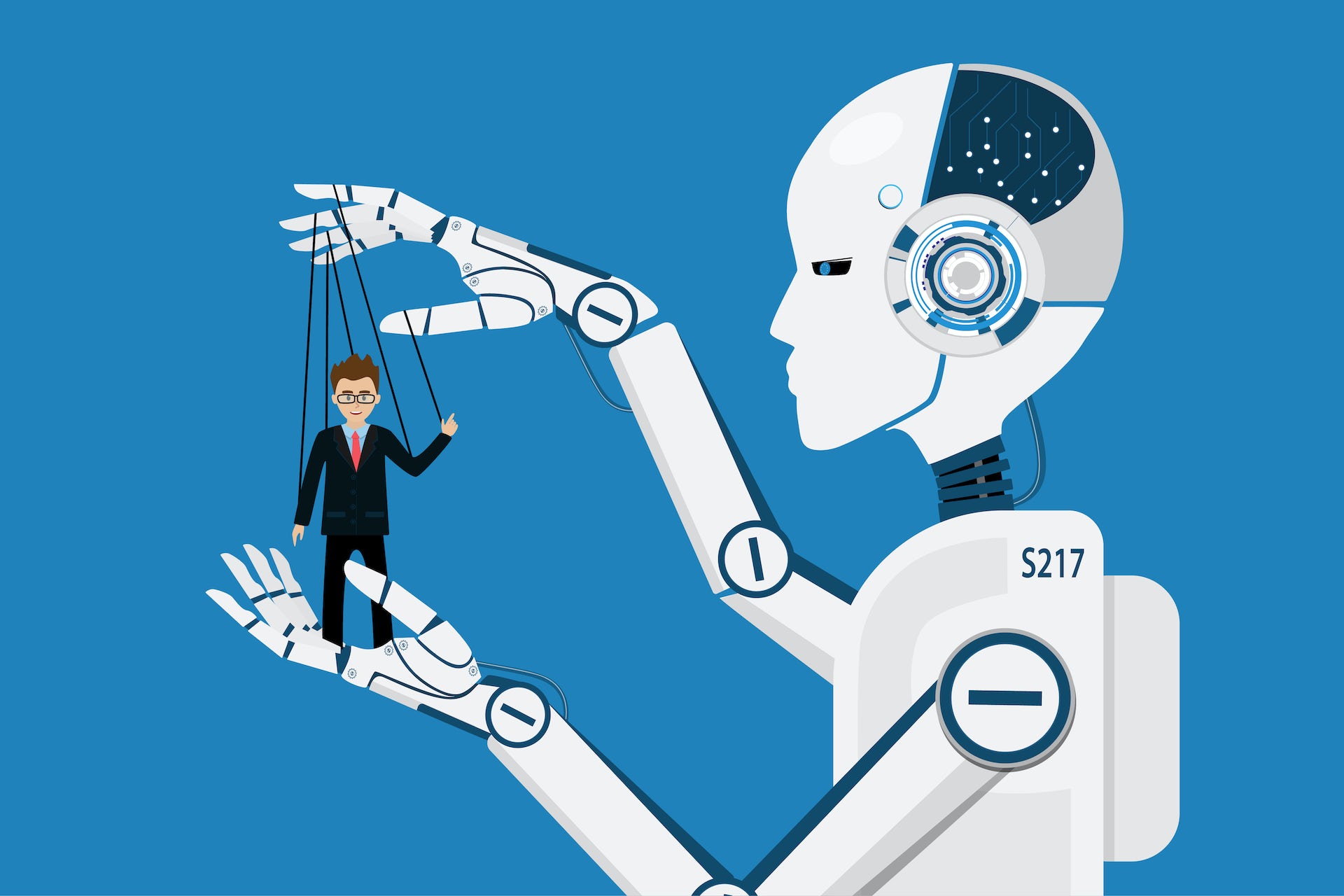Art has long been a realm reserved for human creativity and imagination. It’s a space where artists draw inspiration from their experiences, emotions, and cultural influences to create pieces that resonate with audiences on a deep, emotional level. However, in recent years, there has been a significant shift in the art world, as machines with artificial intelligence (AI) are starting to play a prominent role in the creation and interpretation of art. In this blog post, we will explore the evolving relationship between AI and art, shedding light on how AI is contributing to the artistic process and challenging traditional notions of creativity.
The Rise of AI-Generated Art

One of the most striking developments in the art world is the rise of AI-generated art. AI algorithms, such as deep learning models, have been trained on vast datasets of artwork, enabling them to generate original pieces of art. These AI-generated artworks range from paintings and sculptures to music compositions and even poetry. This has led to a reevaluation of what it means to create art, as these machines can produce pieces that are indistinguishable from those made by humans.
Collaborative Artistic Endeavors
AI’s role in art isn’t limited to creating art in isolation. It has also become a collaborator for artists. Many contemporary artists have embraced AI as a tool to augment their creative process. They use AI algorithms to generate ideas, experiment with new styles, or even as a medium through which they express their artistic visions. In such collaborations, the AI becomes an integral part of the artistic journey, blurring the lines between human and machine creativity.
AI and Art Interpretation
Beyond creation, AI is also playing a crucial role in the interpretation of art. AI-powered tools and algorithms are being used to analyze and interpret existing artworks, shedding light on hidden patterns, themes, and artistic influences. This not only enhances our understanding of art but also opens up new avenues for art historians and critics to explore the depths of human creativity.
Ethical and Philosophical Considerations

The integration of AI in the art world has sparked ethical and philosophical discussions. Some argue that AI-generated art lacks the genuine human emotion and intention that make art meaningful. Others contend that AI art challenges our preconceptions about creativity, pushing us to rethink what it means to be an artist. Additionally, questions about authorship and copyright have arisen, as AI-generated art blurs the lines of ownership and originality.
The Future of AI in Art
As AI continues to advance, its role in the art world is likely to evolve further. We may see AI becoming more proficient at replicating and innovating traditional artistic styles, or even inventing entirely new ones. Artists and art enthusiasts may increasingly collaborate with AI as a means of pushing the boundaries of their creativity. Additionally, AI-driven art curation and recommendation systems could help audiences discover art that resonates with their unique tastes. In conclusion, the intersection of AI and art is a fascinating and dynamic space that challenges our traditional notions of creativity and artistic expression. AI-generated art, collaborative efforts between artists and machines, art interpretation through AI, and the ethical considerations surrounding AI’s role in art are all areas of exploration and debate in the art world. As AI technology continues to advance, its influence on art will likely continue to grow, prompting us to rethink and redefine what it means to be an artist and appreciate the vast potential of machines with imagination.


Leave a Reply